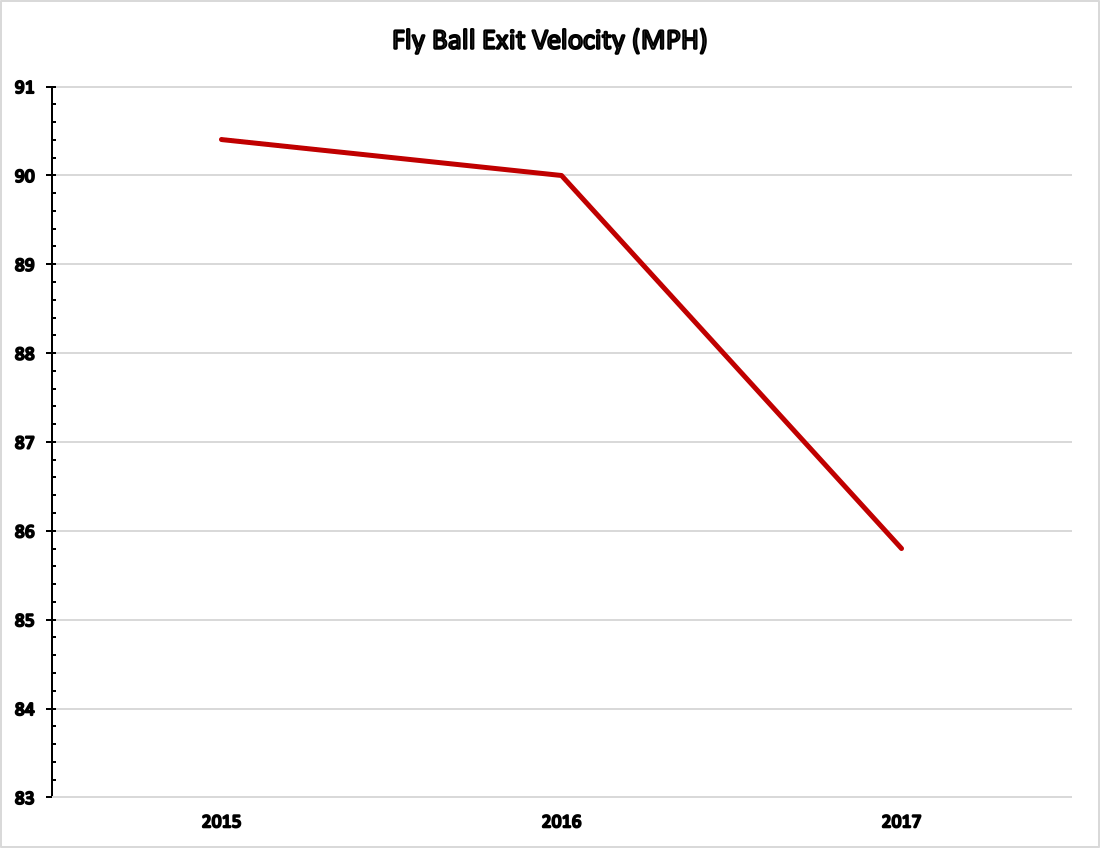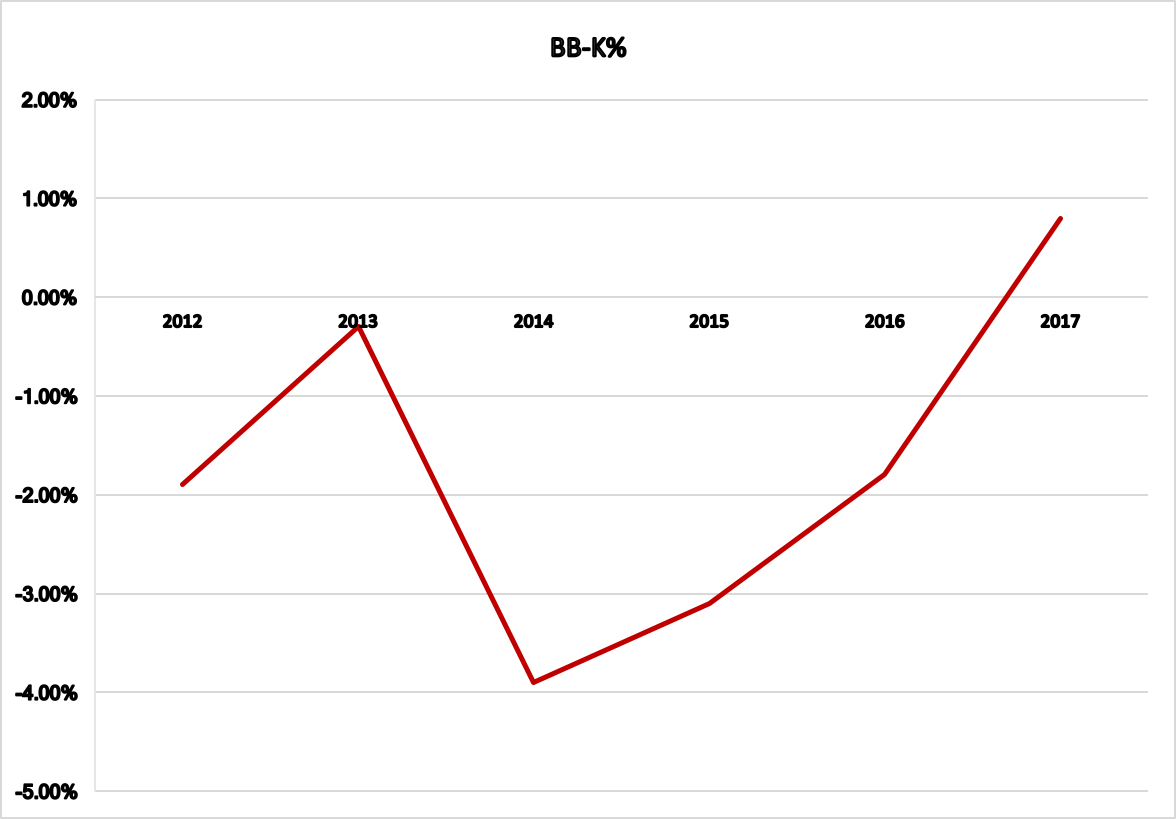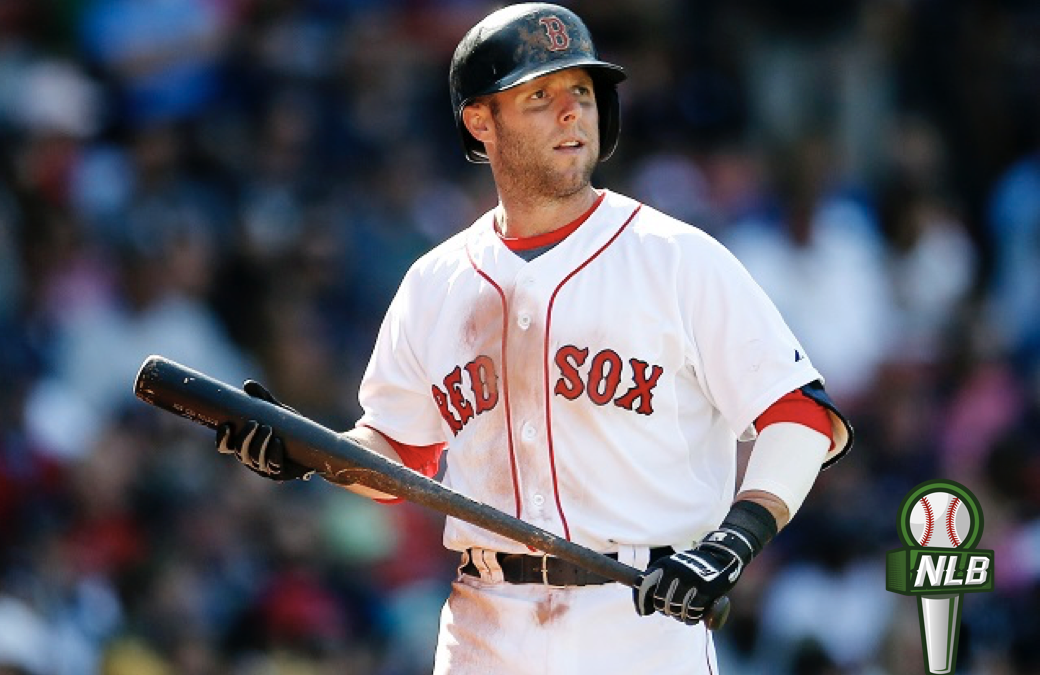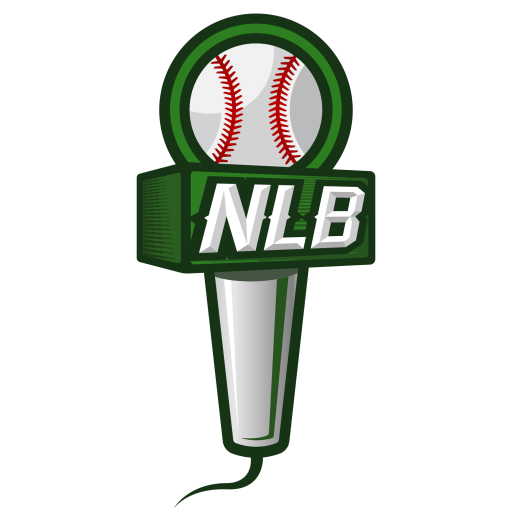Most elite athletes will tell you that the hardest day of their life is the day when they are forced to hang em up. It’s never under their own terms- these players wish they could play forever. Even the greatest of the greats- the Ali’s, the Jordan’s, the Ruth’s, the Gretzky’s, all must surrender at some point in their fight against Father Time. Dustin Pedroia (“DP”) is nearing the latter stages of his fight, and the only way to make it to round 12 without getting knocked out is to adapt. Pedroia has been doing just that.
Pedroia has always been an elite middle infielder and is arguably on his way to Cooperstown. The resume is impressive: 2007 AL Rookie of the Year, 2008 AL MVP, 2008 Silver Slugger, 4x Gold Glove, 4x All-Star, and 2x World Champion.
In the last 10 years, Pedroia is 6th among position players in WAR, behind guys like Miguel Cabrera, Joey Votto, and Mike Trout (yes, Trout is that good) and in front of guys like Matt Holliday, Albert Pujols, and Robinson Cano. There’s no doubting how good of a player Pedroia has been.
This isn’t an article where I show you why I think Pedroia is doomed to fall to replacement level or that he is a year or two away from retirement. Yes, Pedroia is now moving into his mid-30’s and has lost a step or two, but he has also made the necessary adjustments to make sure he remains a solid everyday big leaguer.
What has caused these adjustments? Pedroia so far, this season, just doesn’t have the pop he used to have. The table below shows his average exit velocity over the last three years:
| Year | EV (mph) |
| 2015 | 88.1 mph |
| 2016 | 88.5 mph |
| 2017 | 85.8 mph |
We still don’t have everything figured out with Statcast data, but it’s safe to say a drop in average exit velocity by 2-3 mph is a big deal.
Now, check out the graph below on Pedroia’s exit velocity the last three years on fly balls:

That’s a big drop. Pedroia has only hit 2 HR this season, putting him on pace to finish the season with 8. For reference, he finished last season with 12, even after only having played a little over half the season due to injury.
Now, before you jump to conclusions and tell me he just isn’t making the same quality contact he used to, check out the table below which shows his hard hit % the same three years:
| Year | Hard Hit % |
| 2015 | 25.8% |
| 2016 | 31.9% |
| 2017 | 32.6% |
Well that’s a little surprising. Pedroia’s hard hit % is at a career high while his exit velocity is at a career low. It’s safe to say he’s lost a little pop. Now, usually this is not a good thing for a hitter. However, Pedroia has taken the necessary steps to make sure it isn’t necessarily a bad thing either.
Pedroia may have realized that his quality of contact was getting slightly worse, so he has been doing the most logical thing he can do: making more of it. Pedroia is swinging less at pitches outside of the zone and more at pitches inside the zone than he ever has. Swinging at strikes and not swinging at balls is a sign of a good hitter! Not only is he swinging at better pitches, he is on pace to set a career high in contact rate.
Along with his career high contact rate, he has also improved his plate discipline (this is related to the whole chasing less and swinging at more strikes thing…) which has helped him tremendously at the plate. If he continues his current walk rate, this will be the second highest rate of his career with the chance to easily set a career high with just slight improvement.
I looked at Pedroia from 2012-2017 and took his walk rate minus his strikeout rate. Below you will see that Pedroia is doing something he hasn’t done the past six seasons: he’s walking more than he is striking out:

Pedroia will never hit +20 homers like he did in 2011 or slug close to .493 like he did in 2010, and he will most likely never steal over 20 bags or have a WAR between 6-7 like he did earlier in his career. This is perfectly acceptable for this stage of his career. With younger players coming up like Betts, Benintendi, and Bogaerts, DP doesn’t need to be a superstar for the Red Sox to be succesful.
For a 33-year-old second basemen, Pedroia has done what is necessary to remain a solid everyday player while he fights against the aging curve. Making more contact than ever and getting on base offsets his decreased power output, and he will always remain a very good defensive player. While Pedroia will never win another MVP award, he realizes that even if Father Time is starting to gain the upper hand in the fight, it doesn’t mean he can’t adjust; The more contact he makes, the closer the fight may seem.



